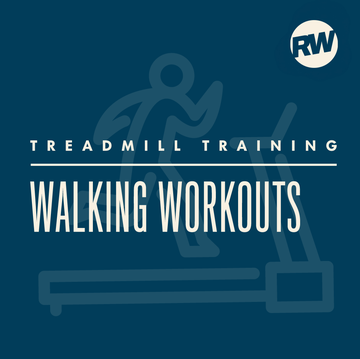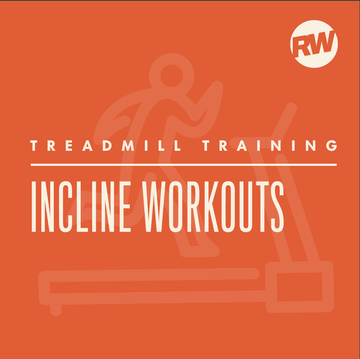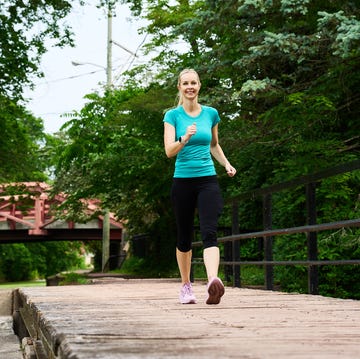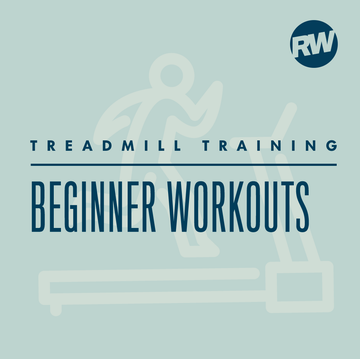10-Second Sprints
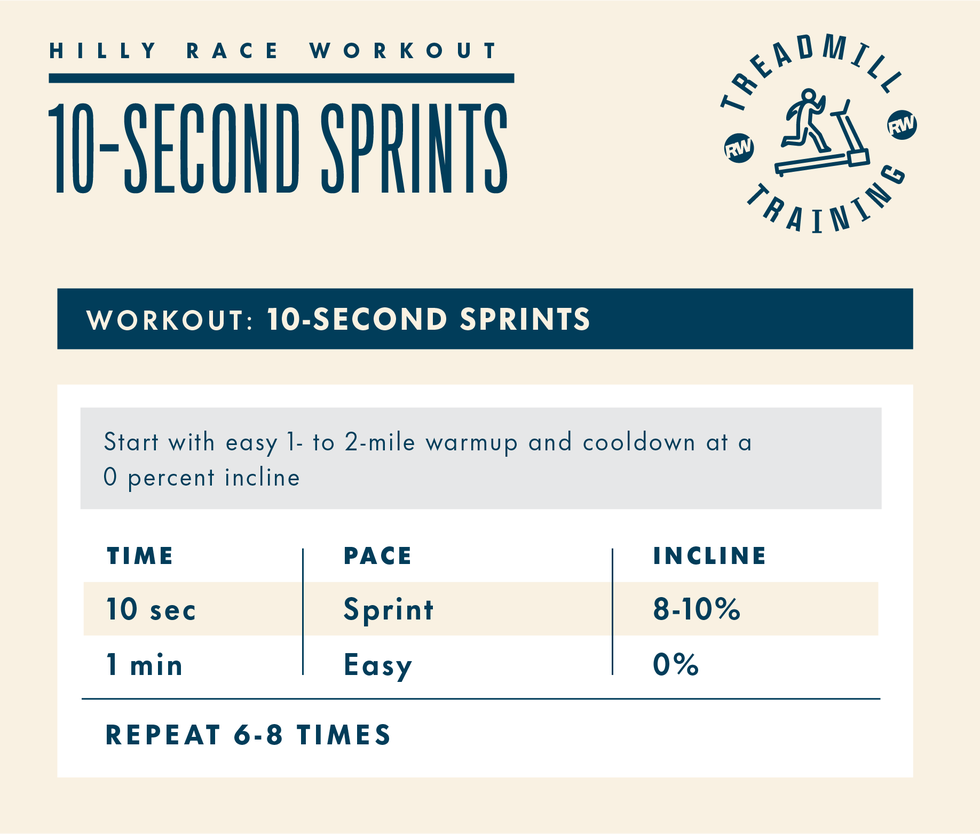
Focus on good form (short, quick steps with high knees) on each rep and take time to jog slowly as a recovery to prepare for the next one.
Natalie Mitchell, an RRCA-certified running coach in Los Angeles says: “I recommend running the short sprints at the end of a medium run (five to eight miles depending on the experience of the runner), so that you are running on fatigued legs, which will help prepare you for the rolling hills of Boston.”
30-Second Sprints
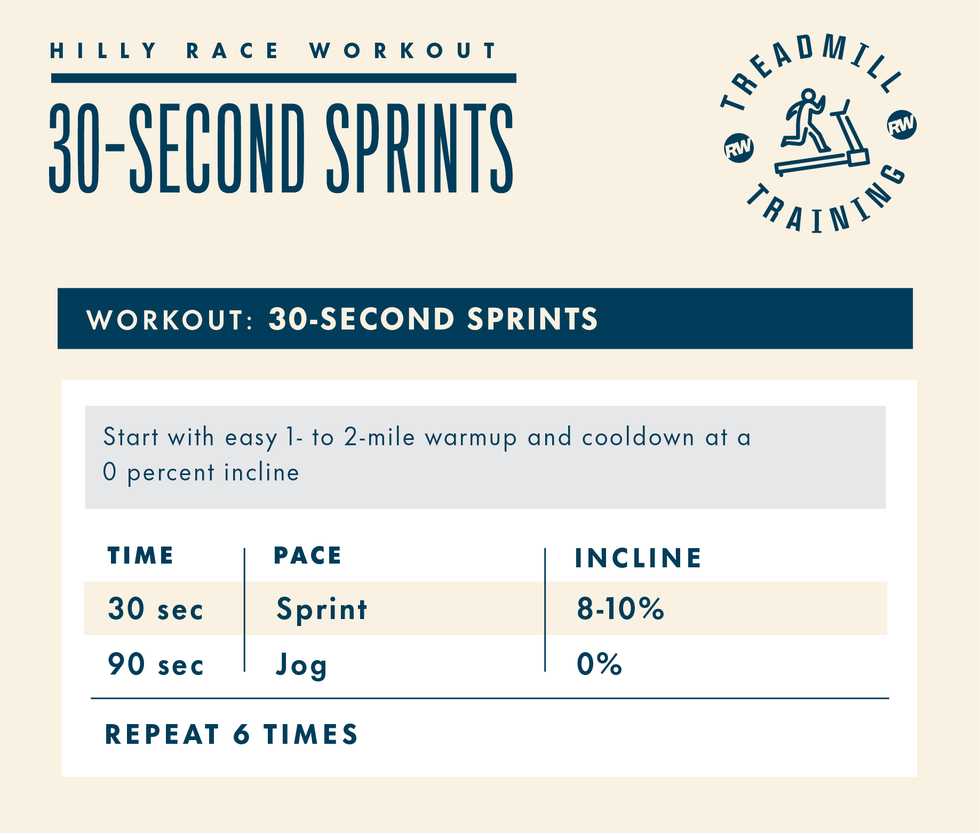
Natalie Mitchell, an RRCA-certified running coach in Los Angeles, says: “Some runners may find the pace [of these hill repeats] is equivalent to marathon pace, but it should feel faster than that. Run by feel (staying around 7 to 9 on the RPE scale, a.k.a. hard to extremely hard, but not maximum effort) and be patient—30 seconds is a long time on a hill, and you want to feel recovered before the next repeat.”
Read more
Long Run Incline Build
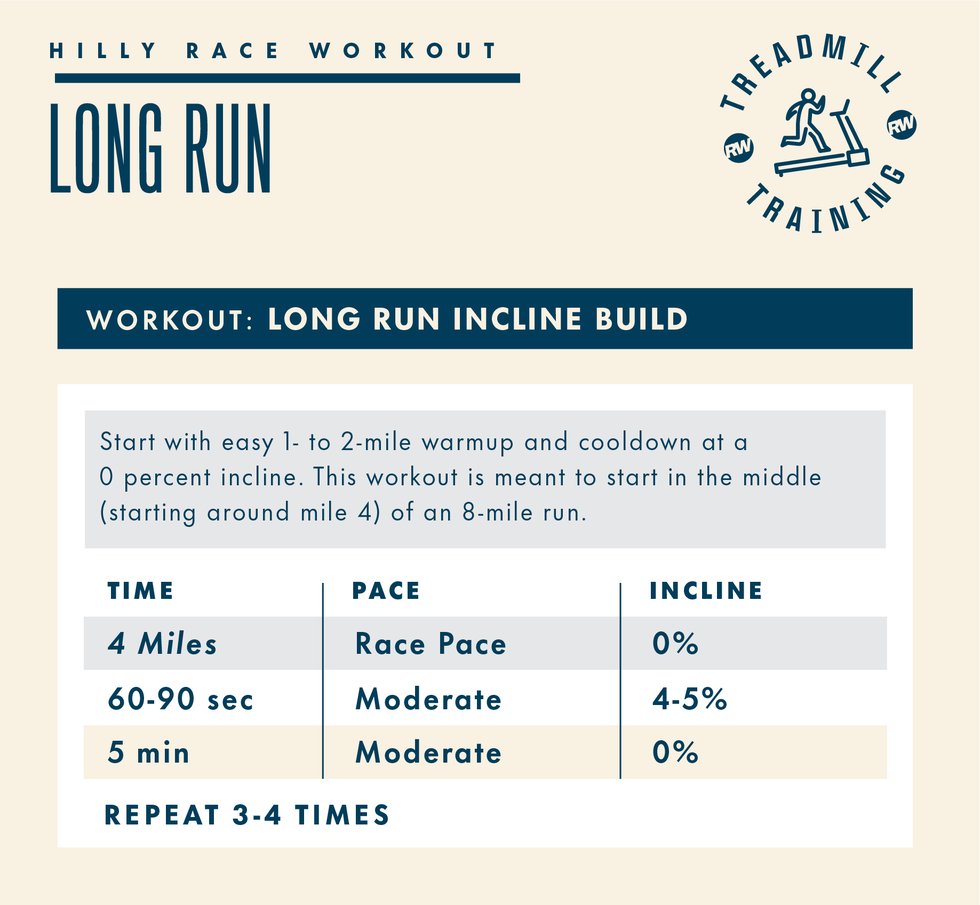
Natalie Mitchell, an RRCA-certified running coach in Los Angeles says: “Physically, you should also plan for long runs that have hills in the middle of them and you can absolutely get creative with this if you live in a pancake-flat area,” Mitchell says. “One idea is to run the first half of your long run outside and then the second half on the treadmill.”
Incline and Decline Workout
⏱️ 45 minutes
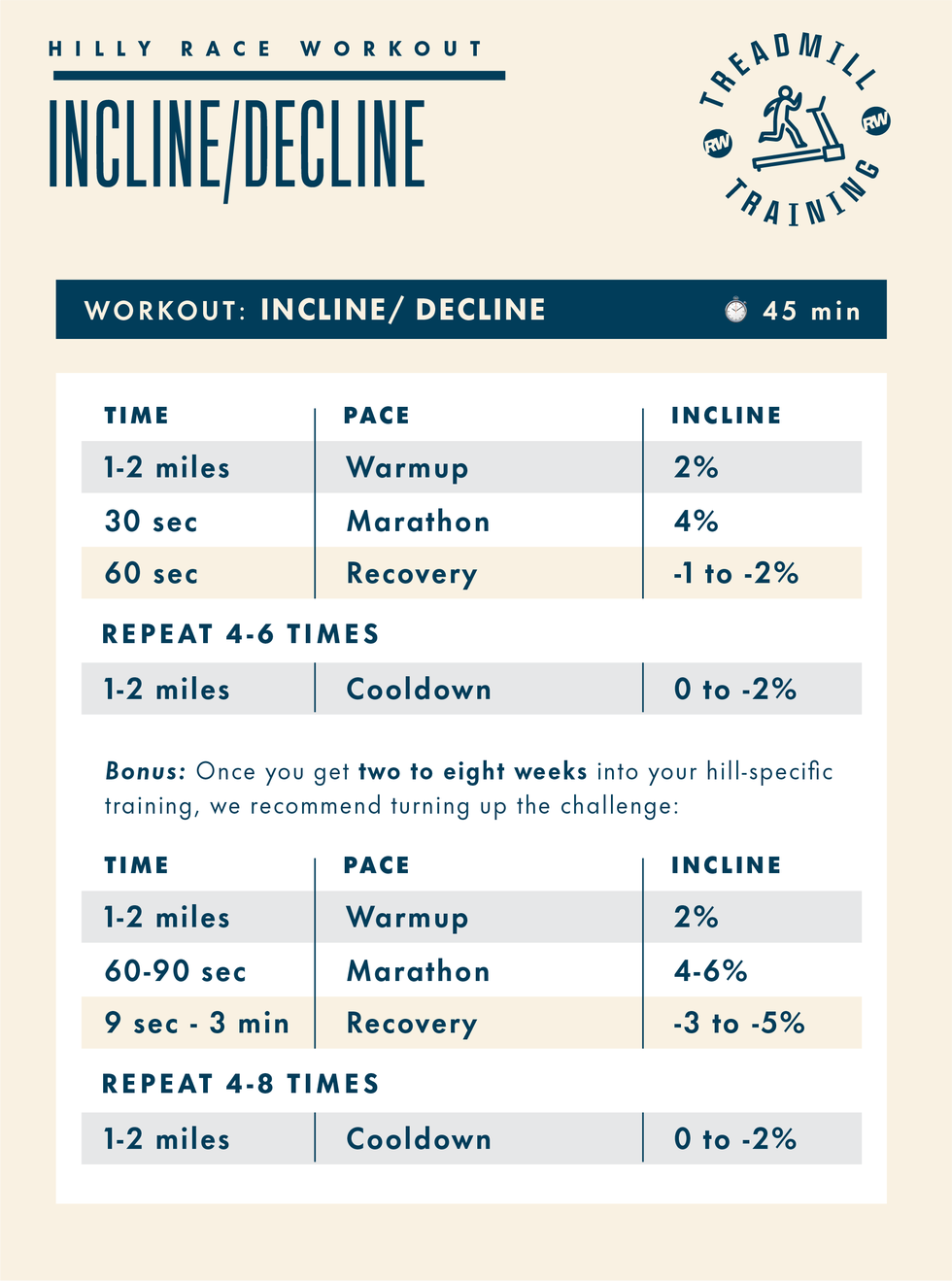
- 1- to 2-mile warmup at 2% incline
- 4-6 x 30 seconds at marathon pace, 4% incline
- 60-seconds at recovery pace between reps, -1 to -2% decline
- 1- to 2-mile cooldown, 0% to -2% decline
- 1- to 2-mile warmup at a 2% incline
- 6-8 x 60-90 seconds at marathon pace, 4% to 6% incline
- 90-seconds to 3 minutes at recovery pace between reps, -3% to -5% decline
- 1- to 2-mile cooldown, 0% to -2% decline
Once you get two to eight weeks into your hill-specific training, Farias recommends turning up the challenge:
Athena Farias, a five-time Boston qualifier, RRCA-certified coach and NASM-certified personal trainer based in San Antonio, Texas, recommends doing this workout in the first two to four weeks of a 16-week training cycle, focusing on shorter blocks of uphill and downhill repeats. This will get you to tackle both the ascents and descents along the course. (If your treadmill doesn’t decline below 0%, run on the flat.)
Read more
Tempo Hill Workout
⏱️ 10-30 minutes

- 1- to 2-mile warmup
- 2 miles at tempo/threshold pace (25-30 seconds slower than 5K pace), 2% to 4% incline (increase every half-mile)
- 4-5 minutes jog recovery
- 8 x ¼ mile at a 6% to 8% incline at marathon pace (increase every quarter to half mile, for a total of 4 miles) with no rest between increases
- 3-4 minute recovery jog
- 2 miles mostly downhill (toggling down from -1% to -5% every quarter to half-mile, or kept at 0%, depending on treadmill) at tempo pace
- 1- to 2-mile cooldown
Athena Farias, a five-time Boston qualifier, RRCA-certified coach and NASM-certified personal trainer based in San Antonio, Texas, recommends completing this workout (a continuous run at a sustained effort for the tempo run) about two months and again one month out from race day. (If your treadmill doesn’t decline below 0%, run on the flat.)
Downhill Repeats
⏱️ 28 minutes
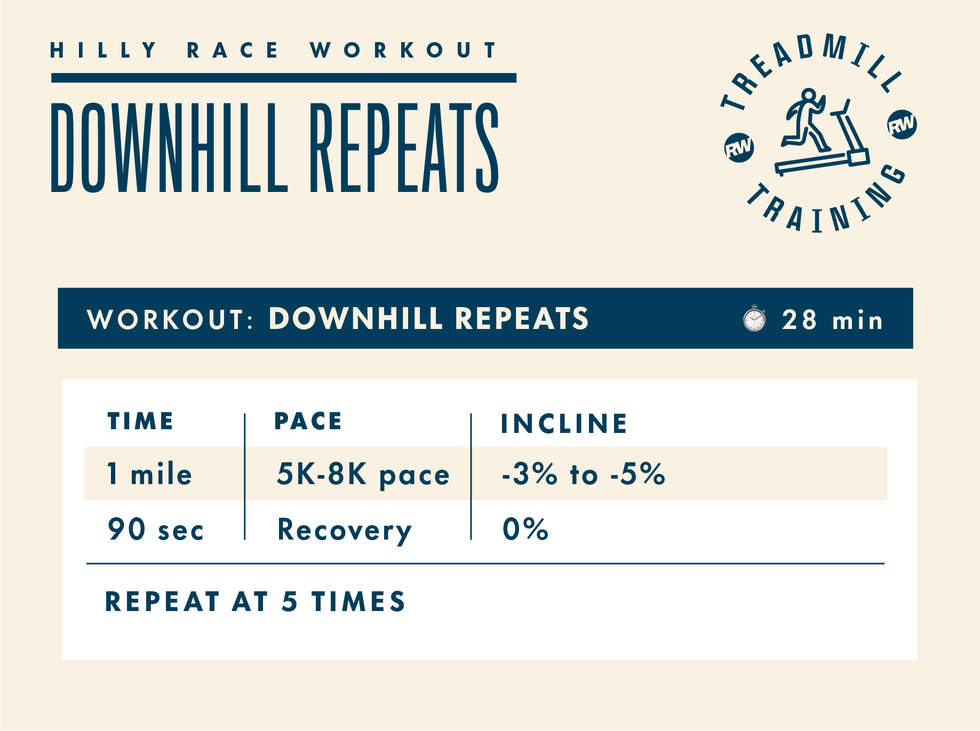
- 5 x 1-mile downhill repeats at a -3% to -5% decline (or 0% if your treadmill doesn’t have this capability) at 5K-8K pace
- 90 seconds rest between
Athena Farias, a five-time Boston qualifier, RRCA-certified coach and NASM-certified personal trainer based in San Antonio, Texas, says: “Running downhill allows you to pick up speed without increasing your effort level. It’s also pure specificity of training for Boston since the first six miles of the race are downhill. By including downhill repeats you are strengthening your muscles, ligaments, tendons, and bones, [as well as] developing mental toughness, as it requires focus and concentration to maintain your balance and control your speed.” (If your treadmill doesn’t decline below 0%, run on the flat.)
Boston Simulation
⏱️ 90 minutes
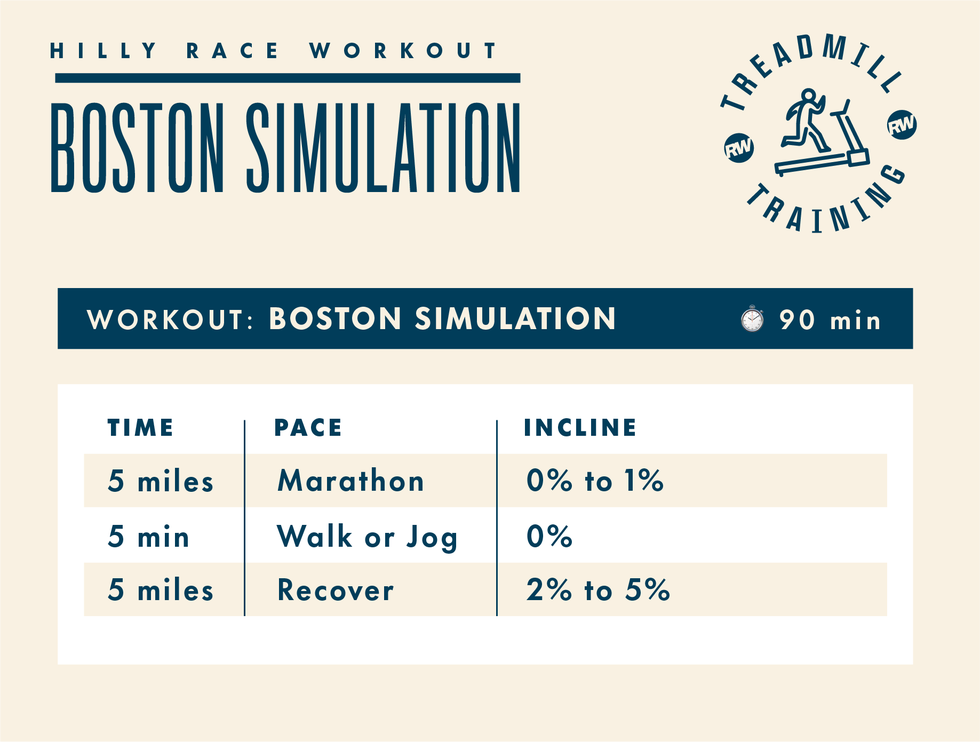
- First 5 miles: flat (0% to 1% incline) to mimic the middle miles of Boston course
- 5-minute walk or jog
- Second 5 miles: uphill (2% to 5% incline) to mimic the later miles of the Boston course
Athena Farias, a five-time Boston qualifier, RRCA-certified coach and NASM-certified personal trainer based in San Antonio, Texas, says that Boston-specific workouts are tried and true when it comes to having a successful marathon finish.
“Being able to complete [these workouts] during the training cycle is a definite confidence booster,” she says. “In my final talks with athletes before race day, I let them know that they have done each part of the course during their training and to hone in on those training runs during low moments.”
Save Treadmill Workouts
Download Hilly Race Treadmill Workouts







